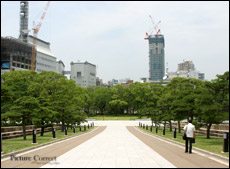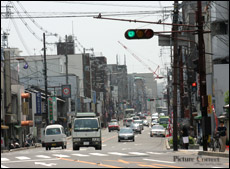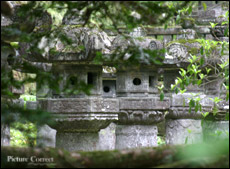“Photography, as a powerful medium of expression and communications, offers an infinite variety of perception, interpretation and execution.” – Ansel Adams
 The word powerful not only describes photography but Ansel’s quote as well. In essence, what he is saying is photography is (and should always be considered) a dynamic art form though in some circles, that is subject to debate even to this day. In this ongoing series we will look at a multitude of subject matter and apply the key components of Ansel’s quote; expression, communications, perception, interpretation and execution to each of them. I will add my perspective, experiences and interject a little philosophy into the mix with the goal being to open your eyes and mind to the infinite possibilities for inspiration and growth as a creative photographic artist.
The word powerful not only describes photography but Ansel’s quote as well. In essence, what he is saying is photography is (and should always be considered) a dynamic art form though in some circles, that is subject to debate even to this day. In this ongoing series we will look at a multitude of subject matter and apply the key components of Ansel’s quote; expression, communications, perception, interpretation and execution to each of them. I will add my perspective, experiences and interject a little philosophy into the mix with the goal being to open your eyes and mind to the infinite possibilities for inspiration and growth as a creative photographic artist.
You will notice I did not use the word motivation. Years as a certified corporate sales trainer has taught me that you or I can not motivate someone with words, actions or our own artistic outcome. Motivation truly and purely comes from within each of us. External stimuli; the things we see, touch and feel act as the fuel we call inspiration that once communicated, translated and intellectualized within us, converts to motivation and then action. This is a key part of what drives artistic development and individual style. How much passion you foster and self discipline you assert will affect the rate and extent you develop your artistic identity. So you see, there’s more to taking “good pictures” than pointing an expensive camera at some subject. Actually, there is more to it than being technically adept. You must be passionate, disciplined and willing to think outside the box in order to develop is your artistic identity, or in Ansel’s terminology; interpretation.
Internationally renowned author and self development expert Dr. Wayne Dyer said; “When you change the way you look at things, the things you look at begin to change.” In general, we are creatures of habit traveling the road of least resistance and our comfort zones tend to have rigid boundaries. From a photographic perspective Dr. Dyer’s quote is very applicable. Great 
So, where do you start in this endeavor to shape a unique artistic identity? Slow down and I don’t mean just when you have a camera in your hands. Take more time to think thru what impact the subject has on you and subsequently how you want to communicate your perspective or interpretation of that subject. Get outside of your comfort zone and try new approaches and strive for perfect execution of the photographic process. Rest assured we will give greater attention to the timeless process standards later in this series. Go beyond the boundaries of your comfort zone and embrace the idea that change is the only constant in time and that it can be as exciting and rewarding as it is unnerving.

Ron Leonetti has been capturing natural landscapes with his large format view camera for publication, stock and retail sale for over 20 years. You will find Ron’s work in The Nature Conservancy’s published materials as well as text books, calendars, periodicals, posters and corporate marketing campaigns. His critically acclaimed photography is widely exhibited and is extensively represented in many private and corporate art collections worldwide. To learn more about his work, visit http://www.ronleonettiphotography.com
Like This Article?
Don't Miss The Next One!
Join over 100,000 photographers of all experience levels who receive our free photography tips and articles to stay current:






Leave a Reply